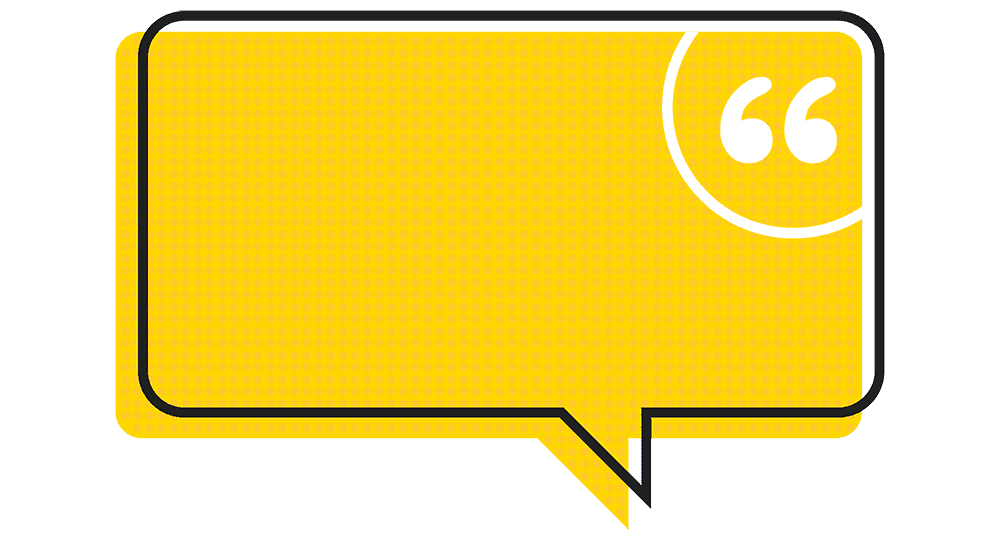Three Rules for Using Commas
Using commas correctly in your writing can greatly improve the clarity and readability of your sentences. When used correctly, commas can help to separate clauses, phrases, and ideas, making it easier for readers to understand the intended meaning of your words. However, if you use too many or too few commas, or if you use them in the wrong places, it can make your writing difficult to follow and may even change the meaning of your sentences.
So, how can you use commas correctly in your writing? Here are some guidelines to help you get started.
Use a comma to separate clauses.
A clause is a group of words that contains a subject and a verb. If your sentence contains two or more clauses that are joined by a conjunction (such as and, but, or, nor, for, yet, or so), you should use a comma to separate them. For example:
- I went to the store, and I bought some milk.
- I like coffee, but I don’t like tea.
- She wanted to go to the park, but it was raining.
In each of these sentences, the clauses are separated by a comma and a conjunction. This makes it clear to the reader that there are two distinct ideas being expressed, and it helps to improve the readability of the sentence.
Use a comma to separate items in a list.
When you are listing items in a sentence, you should use a comma to separate each item. For example:
- I need to buy eggs, milk, bread, and cheese at the store.
- She likes to read books, listen to music, and watch movies in her free time.
- He wants to visit New York, Los Angeles, Chicago, and Miami on his trip.
In each of these sentences, the items in the list are separated by commas. This makes it clear to the reader which items are part of the list, and it helps to improve the readability of the sentence.
Use a comma to separate non-essential clauses or phrases.
Sometimes, you may have a clause or phrase in your sentence that is not essential to the meaning of the sentence. In these cases, you should use a comma to set off the non-essential clause or phrase. Here are a few examples:
- All colors, including blue and yellow, have a purpose.
- Basketball stars, especially Michael Jordan, amaze me.
- Research papers, both short and long ones, require proper punctuation.
As you can see in the above examples, the sentences make sense without the comma-surrounded section. Those parts are not essential, since the sentences make sense without them.
Of course, there are more rules for commas, but these are the “big three.” If you need additional assistance with commas, send your document to us, and within hours, we will send you an edited version.




